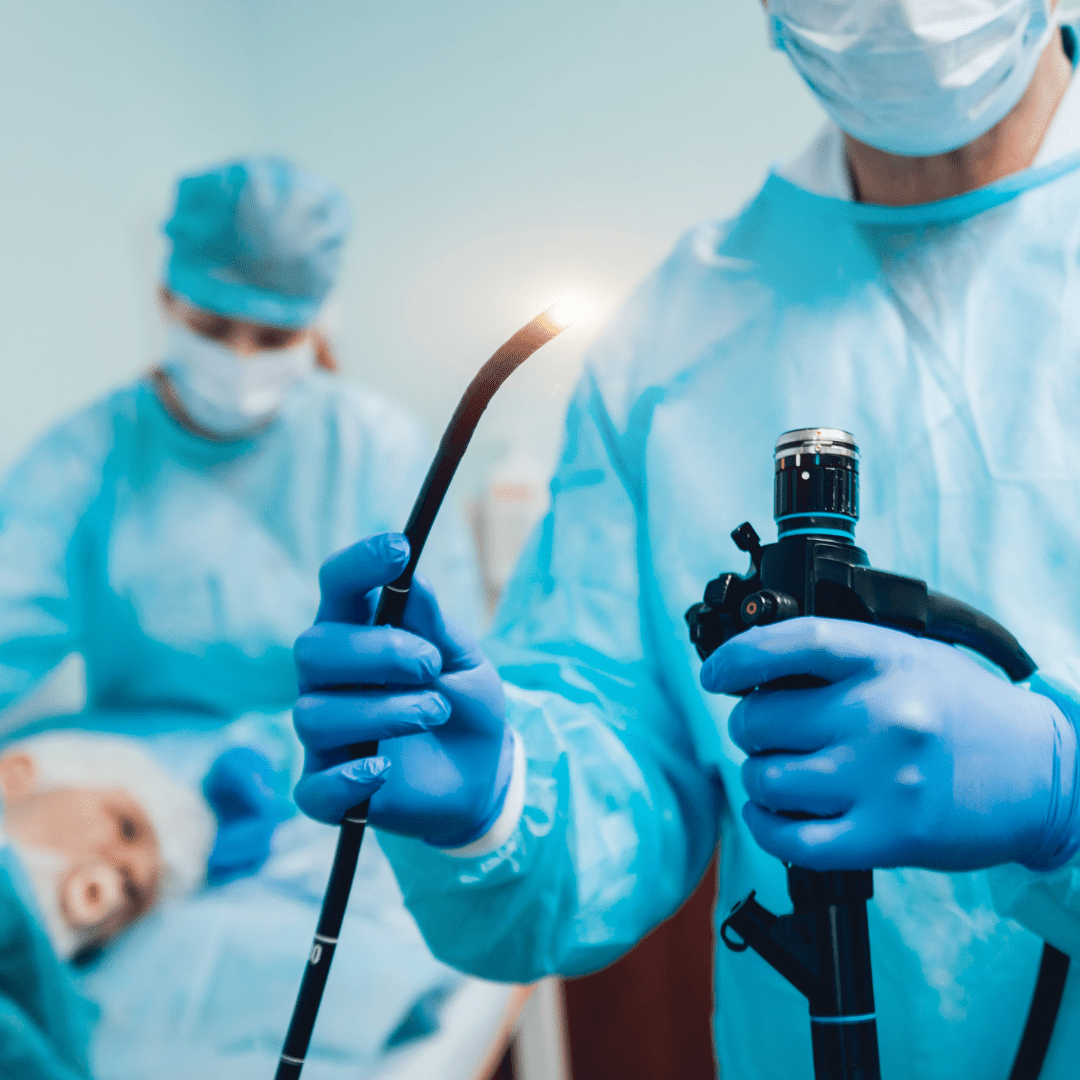In the ever-changing landscape of medical technology, we are seeing a continual enhancement of surgical practices through innovations aimed at improving patient outcomes. I have observed with keen interest the increasing integration of endoscopes into various surgical procedures, particularly in laparoscopic surgery, and considered their potential alongside the challenges they bring to spinal operations.
Endoscopes, characterised by their slender, flexible nature, are equipped with a powerful light source and a high-definition camera at their tip. They have become indispensable in conducting surgeries through small incisions. The technique, which involves a minor incision in the abdominal area, inflating the abdomen to create operational space, and then conducting the surgery with enhanced visibility, has revolutionised patient care in fields such as general surgery and gynaecology, where endoscopic procedures have now become standard practice. The minimally invasive approach significantly benefits patients by offering a viable alternative that results in reduced risk and shorter recovery periods, marking a significant advancement from traditional open surgeries.
However, the adoption of endoscopic surgery for spinal surgery, my field of expertise, presents distinct challenges. The intricate nature of spinal operations demands an unprecedented level of precision and visibility. The current limitations of endoscopic technology, particularly in terms of visibility and the difficulty in manoeuvring the endoscope within the confined spaces of the spinal column, significantly hinder its widespread application.
Nonetheless, there remains a strong sense of optimism within the medical community regarding the future of endoscopic surgery in spinal treatments. Ongoing advancements in endoscopic technology and surgical techniques are expected to gradually surmount these obstacles, opening new avenues for minimally invasive spinal surgeries that could offer patients safer procedures with faster recovery times.






